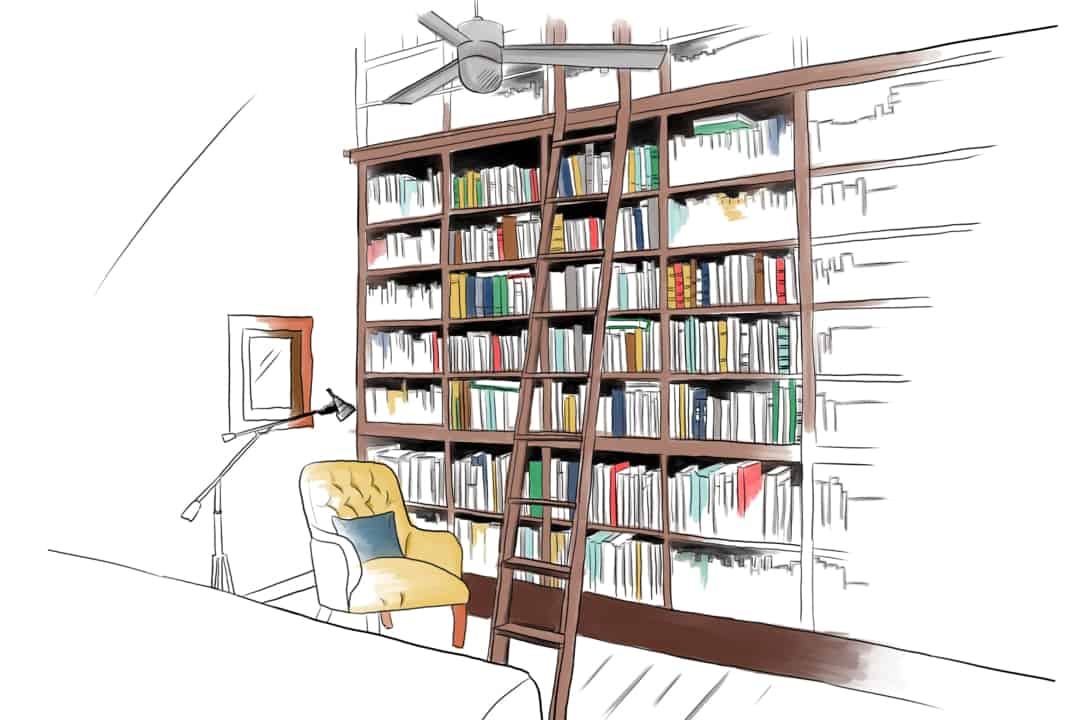You would be hard-pressed to find a U of T student who is not painfully aware of the catalogue of accomplishments that the Office of the President shills for the now-retired Boundless campaign: our nine Nobel Prize laureates, our four Prime Ministers, and our engineering and medical marvels.
But our less marketable assets conveniently slip through the cracks of campaigns, newsletters, and student awareness. Not as many students can list the accomplishments of Marshall McLuhan, Northrop Frye, and the other name-droppable contributors to Canadian culture as easily as they can recite the now-trite laundry list of accomplishments from the campaign.
This familiar cultural issue forms the core of one motifs explored by the hand-stitched literary debut of Ben Berman Ghan: What We See in the Smoke. The book, a self-described “patchwork” of interrelated, but ultimately not codependent, stories, leads the reader through increasingly fictional and farfetched plots with the city of Toronto at its center. It is a Bradbury-esque adventure that takes its reader across time and space at the intersection of science fiction and the yearning for a better home.
The vector for each of these Torontonian escapades? Apocalypses. Big and small; banal and fundamental; at times familiar yet oftentimes not.
The destruction of a standard becomes Ghan’s mandate. True to form, each of the seventeen ‘patches’ that form his quilted narrative eventually destroys themselves. The earlier stories, ones both chronologically and thematically closer to our present time, destruct in forms that are quite familiar to denizens of a city built upon seemingly-constant renewal and construction.
It is upon this concept of familiarity that Ghan seems to base his most successful heel-turns in character development and plot. He wields What We See’s dramatic irony so aptly that the reader rarely expects the destruction wrought in his stories. The later, more futuristic, and certainly more science-fiction-like stories, transition slowly from the familiar bounds of the city we all know, yet remain consistent in motif, providing the reader with a sense of recognizability, despite constant content shifts.
Truly, the whole novel feels like Toronto — all of its tragic and painful moments, which happen more often than expected — are caught up in cherry blossoms, major intersections, and, of course, the unassailable CN Tower.
When the reader begins the novel, Ghan seems to sell his stories short, making them almost too recognizable, too familiar. Certainly, in my first read-through of the novel, I questioned what interest I had in reading realistic stories of Toronto’s grittiness when I was faced with them in one way or another almost every day. I live here.
But that familiarity deceives. Ghan allows you to become comfortable in a surrounding you feel like you know, before making you believe that you never knew it in the first place. This happens to the point of uncanniness, where the feeling of Toronto, despite all the changes each story makes in plot and content, begin to signal something uneasy. For Ghan, there are only two certainties in Toronto: a mild-yet-still-somehow-debilitating winter and similarly enduring business development.
Despite its unique motley demeanour, What We See ends up being a novel rich in motifs that the average Torontonian can recognize and understand. A mixture of the heinous and the righteous, and a spark of constant renewal that keeps it all in flux, Ben Ghan’s debut is a solid underscoring of the Torontonian ethos.
Ghan seems to ask each of his stories, and the reader as well, what Toronto they would like to see. How would you give Toronto the identity it so desperately aches to discover?
The only way for you to know is to pick up the book yourself.
What We See in the Smoke is set to release on June 6, 2019.
You can pre-order the novel on amazon.


